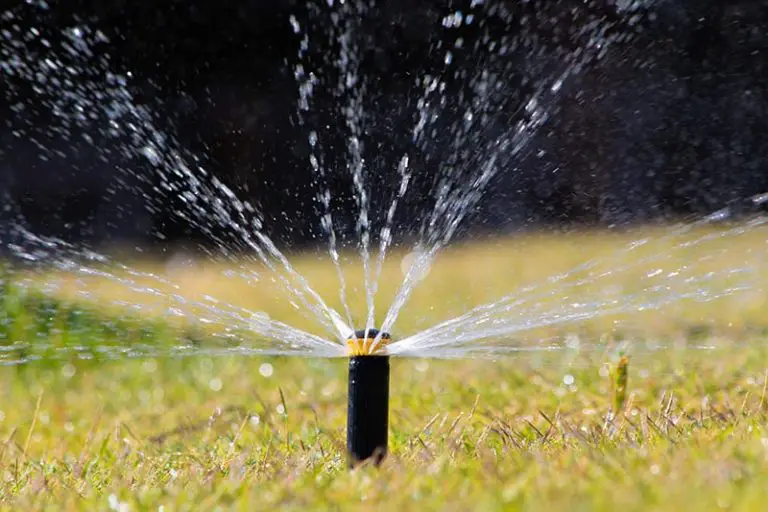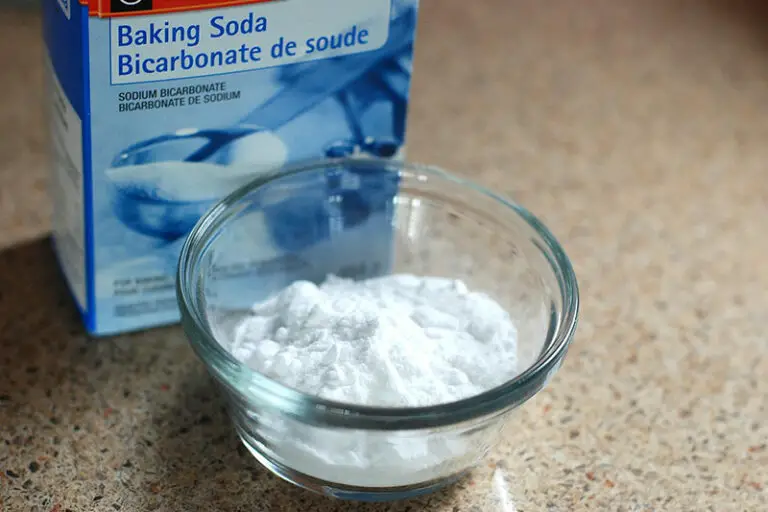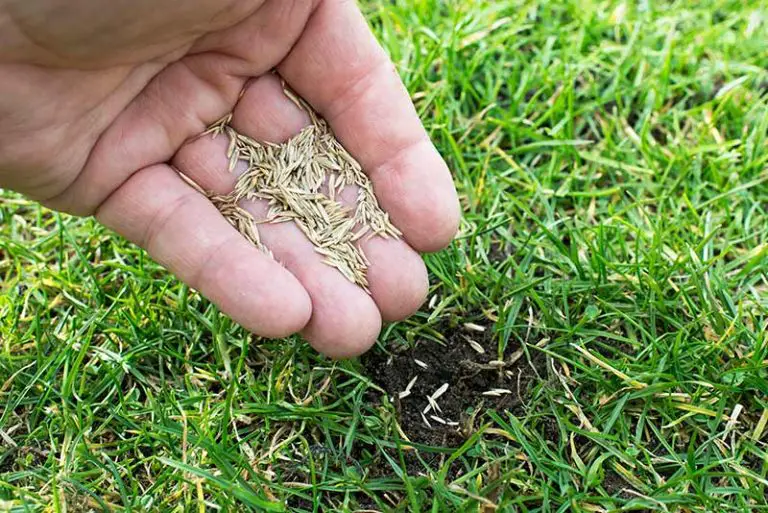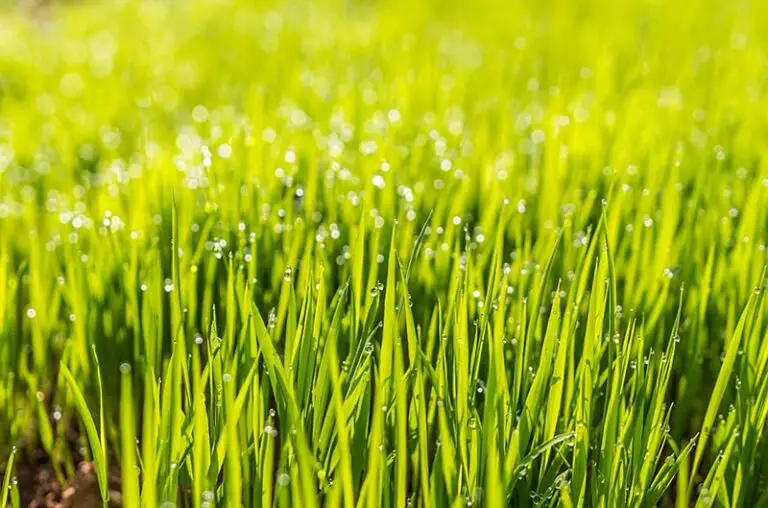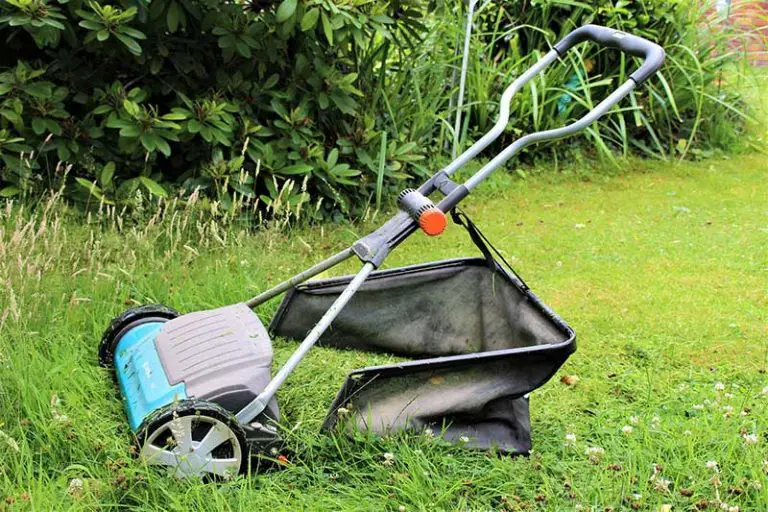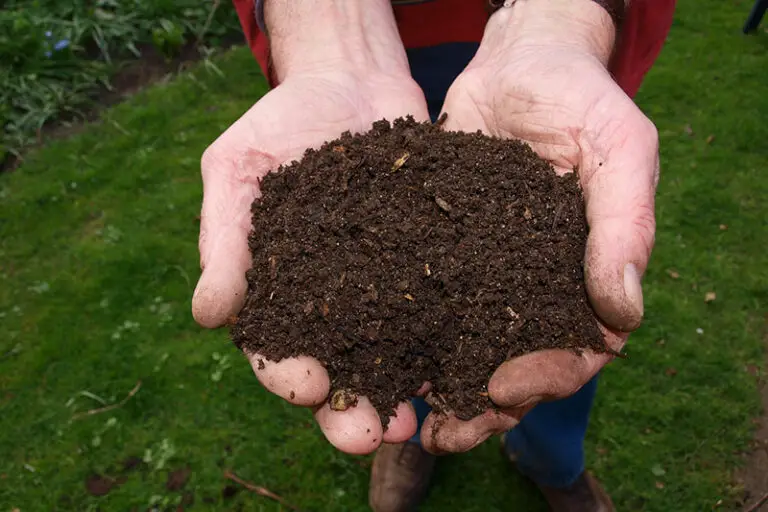Protecting Grass Seed from Frost Damage
Many homeowners, particularly those in the North, opt to plant new grass in the fall. At this time of year, you can take advantage of the milder sun and cooler temperatures in which many grass species thrive. Alternatively, maybe you’re keen to get planting your new grass as soon into the growing season as possible in the early spring. In either case, it’s crucial to take into account the possibility of a frost setting in after planting.
No, frost will not kill grass seed. Due to their protective outer husk, grass seeds are highly resilient against all extremes of weather, including both cold and hot conditions. They will simply lie dormant until temperatures are warm enough for germination.
However, once the seed has sprouted, the young seedlings are extremely vulnerable to these conditions, including frost. We have gone through some of the measures you can take to protect your new grass against frost later in this article.
Will Frost Kill Grass Seed?
In short, no, frost will not kill grass seed, nor will cold temperatures or snow. Grass seed is extremely resilient and will survive conditions that would otherwise kill mature plants, like frost and freezing temperatures.
With that in mind, you may be wondering why your newly sown grass seed isn’t germinating after a frost. Instead of killing the seed, cool temperatures make it go dormant; the seeds are simply lying in wait in the soil until temperatures are warm enough for germination. For cool-season grasses, ideal soil temperatures for germination are between 50 and 70°F, while warm-season grasses sprout in temperatures above 70°F; anything below this threshold will prevent germination of your grass seed. Once temperatures rise to these levels again, your grass seed will launch into action.
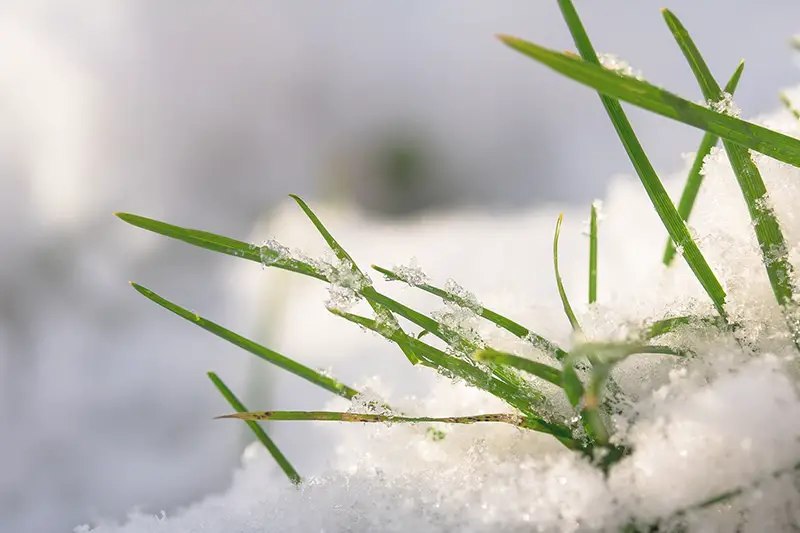
Can Grass Seed Freeze?
Grass seed can freeze when temperatures drop below freezing point. But, as we’ve explained, this won’t kill the grass seed. In freezing conditions, the seed will simply go dormant until the temperatures warm up enough to thaw it out again.
The reason why grass seed can freeze without dying is due to its outer husk. You could think of the seed’s husk as a kind of armor; it protects the precious inner contents of the seed from extreme conditions like frost, heat, and drought. As soon as temperatures are warm enough, the seed will wake back up and get on with its process of germination as usual.
Can You Plant Grass Seed Before Frost?
You can plant grass seed before frost as long as you leave enough time between planting and the time which you expect the frost to set in. You should plant your seed no sooner than 6 weeks before the first frost is forecast.
If you wait any longer than this, it will be too late to plant the seed as you would be leaving your new seedlings vulnerable to being killed by the cold temperatures. The seed will survive until it sprouts; after that, the new grass is extremely vulnerable to the conditions that the ungerminated seed would otherwise be able to tolerate. Leaving a minimum of 6 weeks between seeding and the first frost gives your new grass a chance to germinate and establish itself before these harsh conditions set in.
What Happens if there’s a Frost After You Plant Grass Seed?
If a frost sets in immediately after you sow your seed, the seed will remain dormant until the frost thaws. This means that if temperatures don’t warm back up, your seed may lie dormant over the entirety of winter.
Again, a frost right after seeding isn’t necessarily an issue on its own, as the seed will begin germination as soon as temperatures warm back up. However, having your seed lie dormant over several months in winter still isn’t ideal; it’s likely that much of the seed will be eaten by birds and rodents looking for food over winter. This will result in a disappointingly thin crop of grass in spring compared to how much seed you originally sowed.
Will Frost Kill New Grass After Germination?
Although grass seed is resistant to frost, the same cannot be said once the seed sprouts and begins germination. New immature grass seedlings are highly vulnerable to freezing temperatures. All it would take is one severe cold snap to kill off your young seedlings, rendering your seeding efforts useless. Once your seedlings have broken through the husk of the seed, they are exposed to the elements.
However, you can take some measures to protect your new seed if you expect some cold weather after seeding. We have provided some tips in the following section on how to protect your new grass seed from frost.
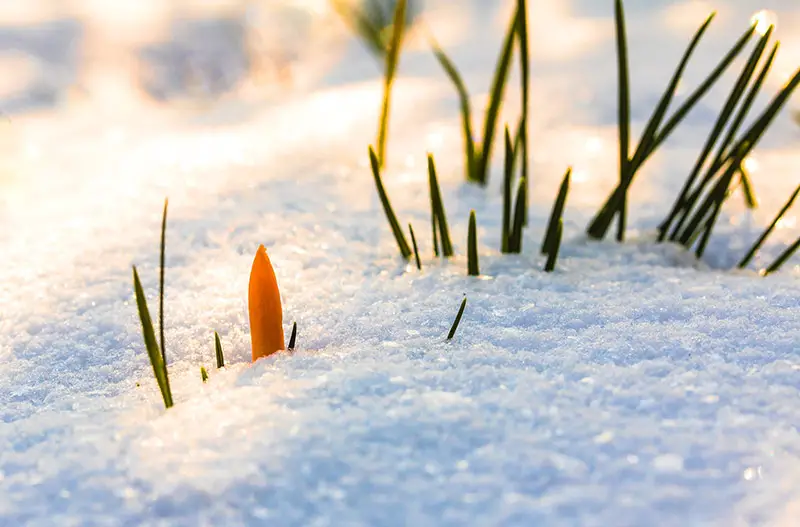
How to Protect New Grass from Frost
If you’re expecting a big freeze after you plant your grass seed, there are some measures you can take to protect your seed from the cool temperatures. This includes watering the seeding area, covering the newly sown seeds, and keeping off the lawn until the seed finishes germination.
1. Water Seeding Area
It may seem like the opposite of what you should do, but watering your lawn before seeding during a cold period will help to prevent the soil from freezing. The water in the soil will actually help it to retain heat, reducing the likelihood of the ground freezing solid. Tap water is usually about 20 degrees above freezing point; adding this water to your lawn overnight will keep your soil above freezing temperatures, thus preventing frost from forming.
Water the seeded area in the evening to protect the new seed overnight when temperatures will drop to their lowest. If you have a timed sprinkler system, you can go a step further with this protective method. Set your system to switch on overnight, watering for 30 minutes every three hours. This will significantly help to protect your seeds and young seedlings from frost over an extended cold period.
2. Cover Seed with Mulch or Tarp
Another way to protect your new grass against frosty conditions is to cover it. Grass seed is still able to grow uncovered, but it’s generally the best practice to cover it up. You can do this with a layer of mulch, or a covering of cloth or tarp. Doing so will help the ground to better retain heat overnight when temperatures drop.
The first option you have is to cover your grass seed with compost or mulch. This will help the soil to retain heat along with a number of other benefits that mulch provides; for example, an organic mulch will also break down over time, providing your seedlings with a steady source of nutrients like nitrogen, phosphorus, and potassium. Add a layer of your chosen mulch 1 to 2 inches thick across the seeding area to protect your seed.
In particularly cold climates, an alternative option is to cover the seeding area with a layer of cloth or tarp. These materials are even better at helping the soil to retain heat overnight. They do so by trapping warmer air close to the soil surface, keeping the ground at a temperature above freezing point. Cover the seed with a layer of cloth or tarp in the evening, weighing it down with something heavy like stones or lumber. Remember to remove the covering in the morning so your grass seed has access to air, water, and sunlight.
3. Avoid Foot Traffic on Lawn Until Germination is Complete
The worst thing you could do to your new grass in frosty conditions is walk over it. In general, you should avoid walking on a newly seeded lawn until it has completely finished germinating; this will damage your tender new seedlings and kill them off.
The risk is tenfold if the grass is frosty, so you should absolutely avoid this where possible. Frosty grass is even more susceptible to damage from foot traffic due to the frozen water molecules; when you put pressure on the frosty blades, the frozen molecules tear and destroy the plant’s cell walls. Therefore, you should keep all foot traffic from pets, animals, and vehicles off your newly seeded lawn until the frost has thawed. It will take a minimum of about 4 weeks before it’s safe to walk on your new grass seed; this should coincide with the first time that you mow the new grass.

